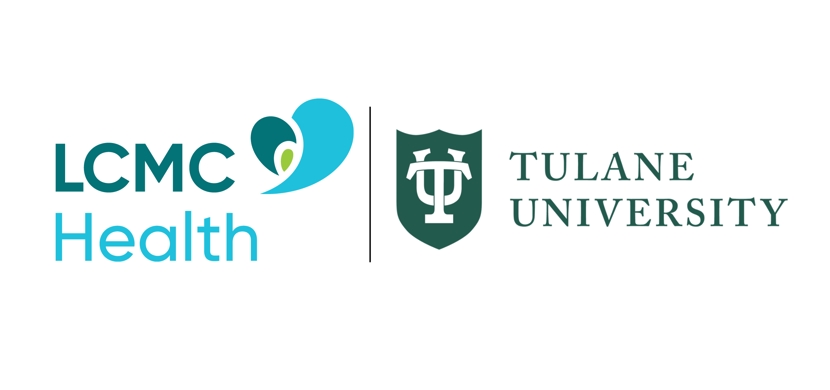Facts about coronavirus: Know how it spreads
- Category: News
- Posted on:

Coronaviruses are generally thought to be spread from person to person through respiratory droplets.
It may be possible that a person can get COVID-19 by touching a surface or object that has the virus on it and then touching their own mouth, nose, or possibly their eyes, but this is not thought to be the main way the virus spreads.
In general, because of the poor survivability of these coronaviruses on surfaces, there is likely a very low risk of spread from food products or packaging that is shipped over a period of days or weeks at ambient, refrigerated, or frozen temperatures.
The best way to prevent illness is to avoid being exposed to this virus.
The virus is thought to spread mainly from person to person through respiratory droplets produced when an infected person coughs or sneezes. These droplets can land in the mouths or noses of people who are nearby or possibly be inhaled into the lungs.
Keep space between people who are in close contact with one another (within about 6 feet).
Can someone who has COVID-19 spread the virus to others?
The virus that causes COVID-19 is spreading from person to person. Someone who is actively sick with COVID-19 can spread the illness to others.
That is why CDC recommends that these patients be isolated either in the hospital or at home (depending on how sick they are) until they are better and no longer pose a risk of infecting others.
How long someone is actively sick can vary so the decision on when to release someone from isolation is made on a case-by-case basis in consultation with doctors, infection prevention and control experts, and public health officials and involves considering specifics of each situation including disease severity, illness signs and symptoms, and results of laboratory testing for that patient.
Current CDC guidance for when it is OK to release someone from isolation is made on a case by case basis and includes meeting all of the following requirements:
- The patient is free from fever without the use of fever-reducing medications.
- The patient is no longer showing symptoms, including cough.
- The patient has tested negative on at least two consecutive respiratory specimens collected at least 24 hours apart.
Take steps to protect yourself
- Clean your hands often. Wash your hands often with soap and water for at least 20 seconds especially after you have been in a public place, or after blowing your nose, coughing, or sneezing.
- If soap and water are not readily available, use a hand sanitizer that contains at least 60% alcohol. Cover all surfaces of your hands and rub them together until they feel dry.
- Avoid touching your eyes, nose, and mouth with unwashed hands. Avoid close contact
- Avoid close contact with people who are sick
- Put distance between yourself and other people if COVID-19 is spreading in your community. This is especially important for people who are at higher risk of getting very sick.
Take steps to protect others
- Stay home if you’re sick
- Stay home if you are sick, except to get medical care. Cover coughs and sneezes
- Cover your mouth and nose with a tissue when you cough or sneeze or use the inside of your elbow. Throw used tissues in the trash.
- Immediately wash your hands with soap and water for at least 20 seconds. If soap and water are not readily available, clean your hands with a hand sanitizer that contains at least 60% alcohol.
- Clean AND disinfect frequently touched surfaces daily. This includes tables, doorknobs, light switches, countertops, handles, desks, phones, keyboards, toilets, faucets, and sinks.
- If surfaces are dirty, clean them: Use detergent or soap and water prior to disinfection.
- Wear a facemask if you are sick:
Who should wear a mask and when?
- If you are sick: You should wear a facemask when you are around other people (e.g., sharing a room or vehicle) and before you enter a healthcare provider’s office. If you are not able to wear a facemask (for example, because it causes trouble breathing), then you should do your best to cover your coughs and sneezes, and people who are caring for you should wear a facemask if they enter your room.
- If you are NOT sick: You do not need to wear a facemask unless you are caring for someone who is sick (and they are not able to wear a facemask). Facemasks may be in short supply and they should be saved for caregivers. Clean and disinfect
Can coronavirus spread through food?
Coronaviruses are generally thought to be spread from person to person through respiratory droplets. Currently, there is no evidence to support the transmission of COVID-19 associated with food.
Before preparing or eating food it is important to always wash your hands with soap and water for 20 seconds for general food safety. Throughout the day wash your hands after blowing your nose, coughing or sneezing, or going to the bathroom.
READ NEXT: How to prepare your house for COVID-19
Source: https://www.cdc.gov/coronavirus/2019-ncov/prepare/prevention.html
Additional resources:
Staying calm during coronavirus: Doctor offers best tips for lowering anxiety
How to dispel your child's fears about coronavirus
Why handwashing really is effective in stopping the spread of coronavirus
COVID-19 Parent Resource Center from Children's Hospital New Orleans

